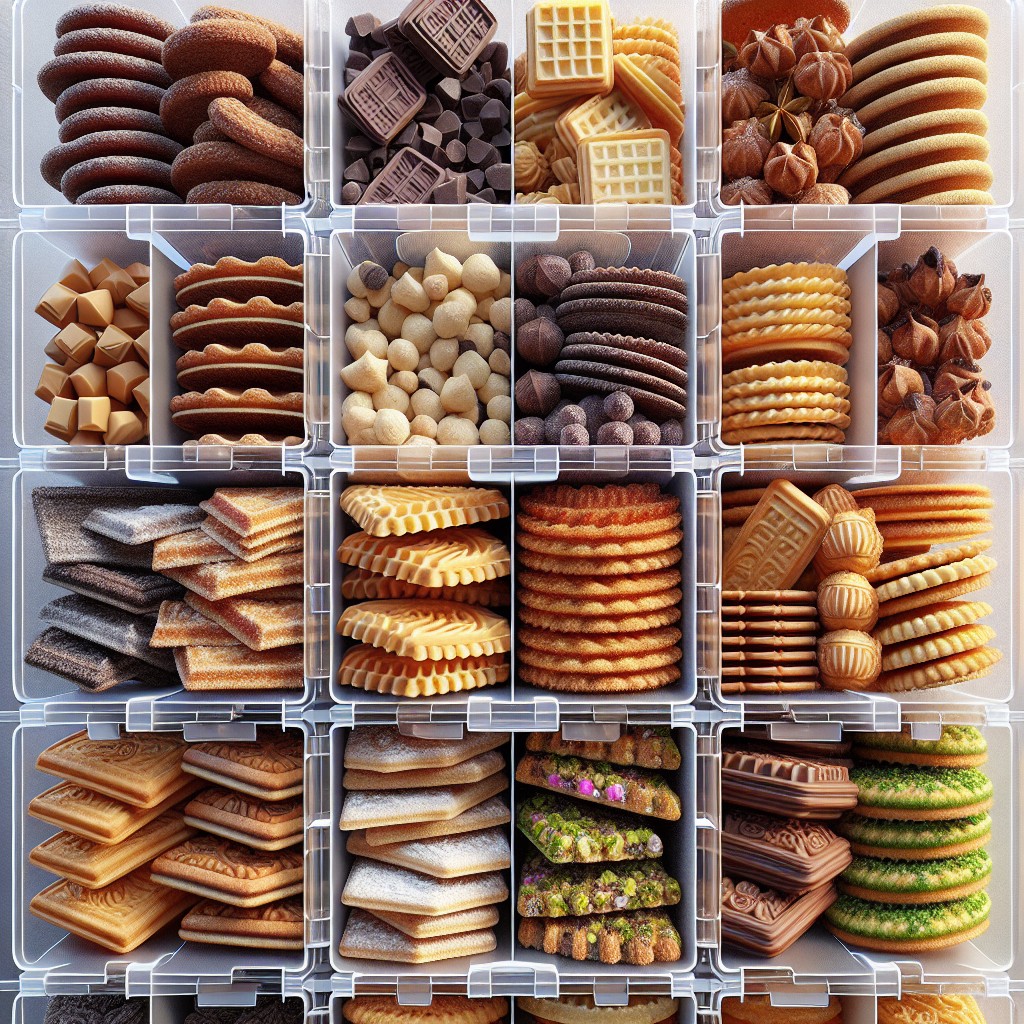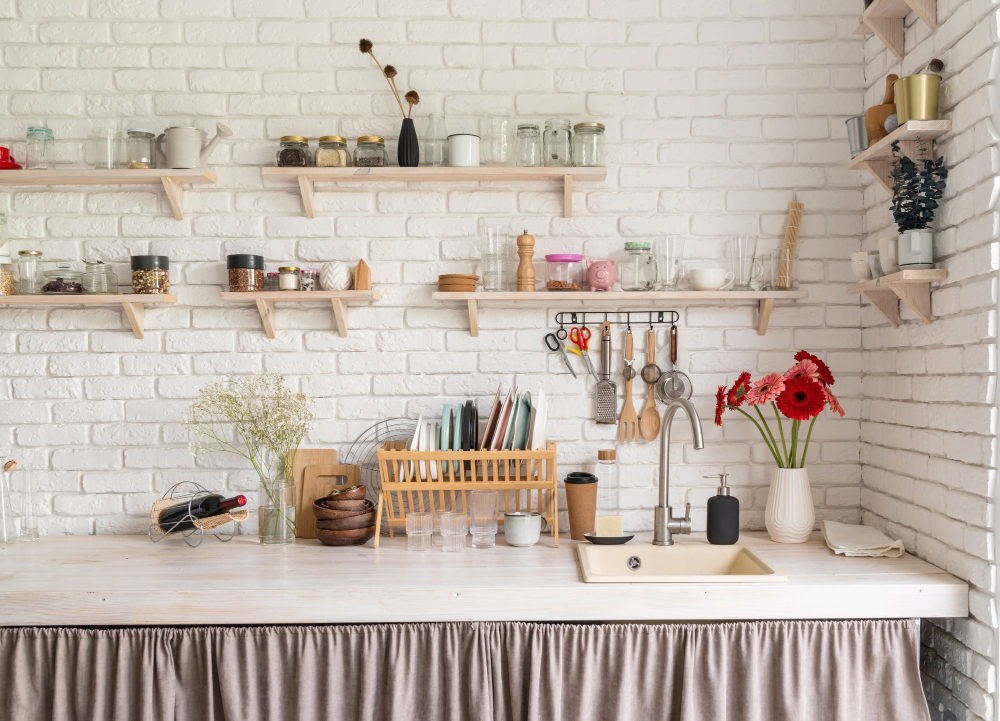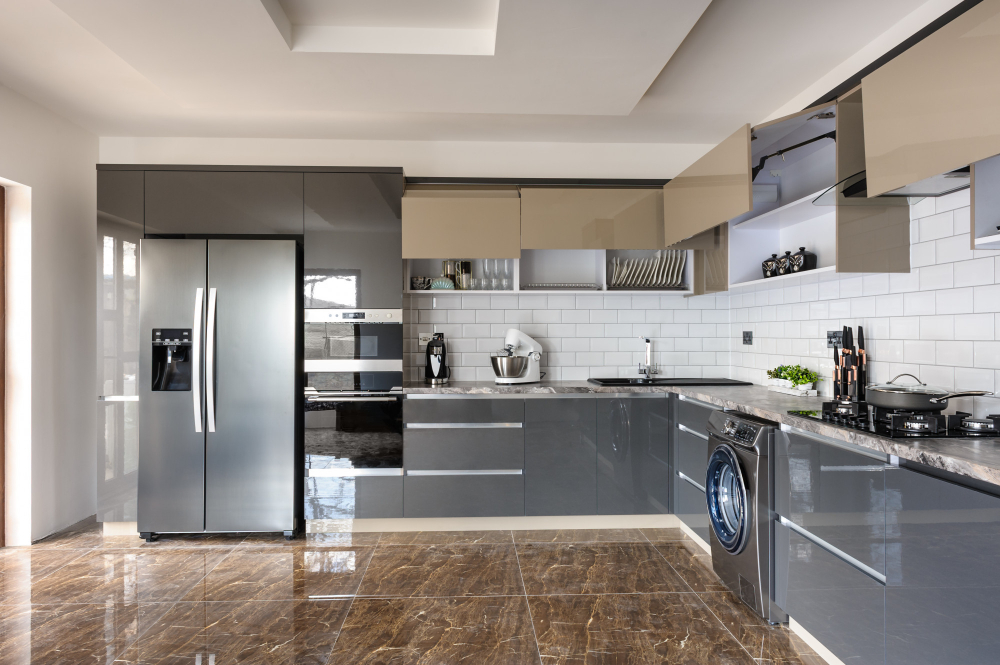Last updated on
Discover practical tips on enhancing your kitchen island countertop with stylish and functional decor that suits your space and lifestyle.
Key takeaways:
- Measure and consider dimensions for proportional decor arrangement.
- Choose a standout focal point for visual interest.
- Utilize stylish containers for functionality and aesthetics.
- Incorporate height with cake stands or pedestals for a dynamic look.
- Establish a color scheme that complements the overall kitchen palette.
What's Inside
Assess the Size of the Kitchen Island

Understanding the dimensions of your island is crucial. It determines not only the scale of the decorations but also informs your arrangement choices. A spacious countertop can accommodate larger pieces, such as wide bowls or ample trays, without looking cluttered. In contrast, a petite island benefits from simpler, more refined accents to avoid a cramped appearance.
Here are some practical pointers:
- Measure the countertop area, keeping in mind to leave space for functionality—think about workspace and elbow room for seating arrangements.
- Consider the aisle width around the island. You’ll want to ensure decorations don’t impinge on the necessary clearance for comfortable movement.
- Proportion is key. Small islands should stick to smaller accessories. Think miniature herb pots rather than sprawling floral arrangements.
Remember, a balanced island is both an aesthetic feature and a practical workspace. The right proportion of decorative elements enhances the kitchen without sacrificing utility.
Choose a Focal Point
Selecting a standout piece creates visual interest and anchors the design of your island. This could be a large bowl filled with colorful fruits, a vase with fresh flowers, or an elegant sculpture. Ensure it aligns with the theme of your kitchen for a cohesive look.
Remember, less is often more; a single, carefully chosen item often makes a stronger statement than cluttered arrangements.
Keep in mind the scale of the island, and select items that won’t overwhelm the space. Consider seasonal items that you can rotate through the year for an ever-evolving centerpiece.
Utilize Stylish Containers for Functionality
Mason jars filled with everyday cooking essentials double as practical and pretty. Imagine an array of pastas or a collection of colorful legumes lining your countertop—both accessible and aesthetically pleasing.
Thrifty finds like ceramic pitchers or flea market tins can house utensils, keeping them at arm’s reach while adding character to your space. The key is choosing containers that resonate with your personal style.
For those fresh herbs you love, small planters can be both decorative and handy for snipping off a sprig of mint or basil as you cook.
Clear canisters offer visibility for items like sugar, flour, or snacks, making it simpler for anyone to find what they need without rummaging through cabinets.
To prevent clutter, limit the number of containers. Balance is the goal; you want your island to be useful without feeling overcrowded. Remember to leave room for meal prep and service.
Incorporate Height With Cake Stands or Pedestals
Adding layers to your kitchen island countertop can create a dynamic visual appeal and make your space more interesting. A tall, elegant cake stand isn’t just for desserts—it can act as a podium for a colorful fruit arrangement or a cluster of herbs.
Pedestals can lift your go-to spices or condiments, making them both a decorative and practical centerpiece, easily accessible during meal prep. If you prefer a more minimalistic approach, a slender vase with long-stemmed flowers or tall grasses can draw the eye upward without cluttering the surface.
Remember, balancing items of different heights prevents a flat, uniform look, giving your kitchen island an aesthetic that is both functional and striking.
Establish a Color Scheme
When selecting hues, consider the overall palette of your kitchen. Neutral tones like beige, gray, or wood can serve as a canvas, allowing accents to shine without overwhelming the space.
If you’re drawn to bold colors, choose one as an accent and complement it with subtler shades. Remember that dark colors can add depth, while light shades will create a more airy feel.
You can harmonize with the cabinetry or contrast it, depending on the visual impact you’re aiming for. Using textiles such as placemats or a runner is an effortless way to introduce color and can be easily swapped out with the seasons or as your taste changes.
Keep in mind that consistency is key to a cohesive look, so carry your chosen color scheme throughout your kitchen accessories and countertop decor to tie the room together.
Continue reading:



